 Shutterstock
Shutterstock
North America is home to an incredible array of unique wildlife, offering habitats that range from the towering Rocky Mountains to the swamps of the Southeast. The continent’s diverse ecosystems support animals found nowhere else in the world, making it a haven for rare and remarkable species. Whether you’re wandering through dense forests, exploring vast prairies, or venturing into remote islands, you’re likely to encounter fascinating creatures that showcase the incredible biodiversity of North America. These animals are a testament to the continent’s natural beauty and ecological richness.
American Bison
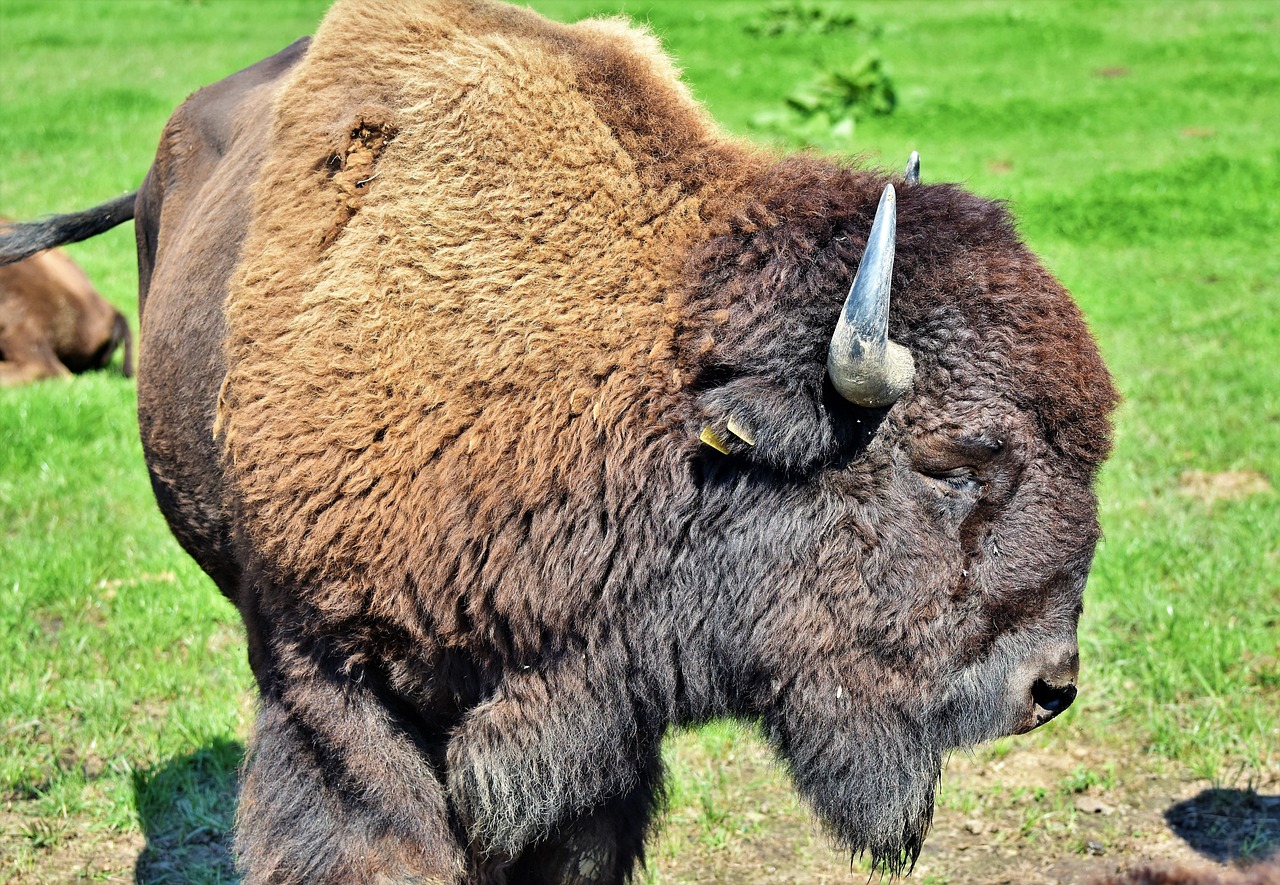 Shutterstock
Shutterstock
The American bison, often referred to simply as buffalo, is one of the most iconic animals in North America. Found primarily in the Great Plains, this massive creature symbolizes strength and resilience. Bison once roamed in the millions, shaping the ecosystem by grazing and contributing to the health of the plains. Today, they are a conservation success story after nearly being driven to extinction in the 19th century. Their shaggy coats, imposing horns, and herding behavior make them both awe-inspiring and essential to their native environment.
Bald Eagle
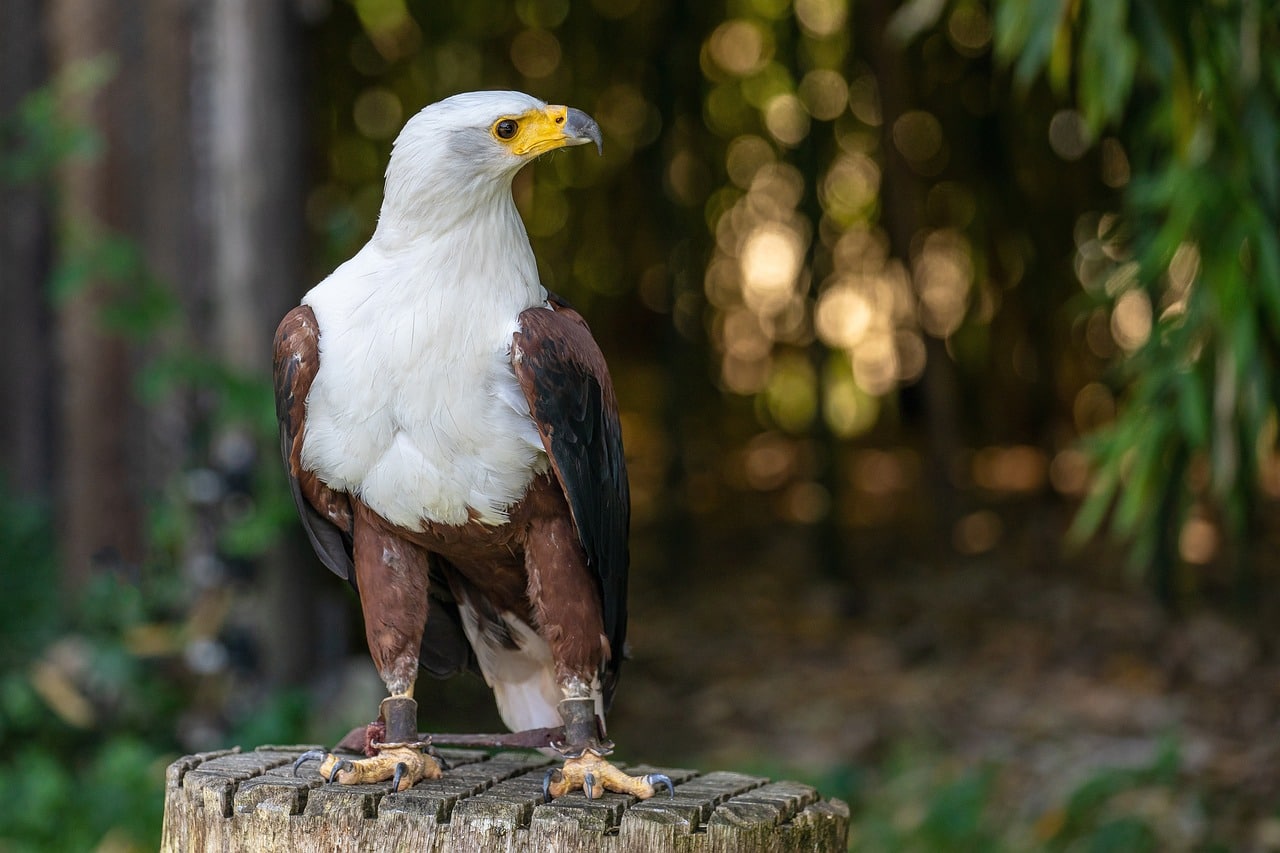 Shutterstock
Shutterstock
Nothing says North America quite like the bald eagle. As the national bird and symbol of the United States, the bald eagle is an iconic raptor with striking white feathers on its head and tail. Found near large bodies of water across the continent, these majestic birds are not only beautiful but skilled hunters, known for swooping down to snatch fish from the water with impressive precision. The bald eagle’s conservation story is one of triumph, with populations bouncing back after a dramatic decline due to pesticides like DDT.
Eastern Box Turtle
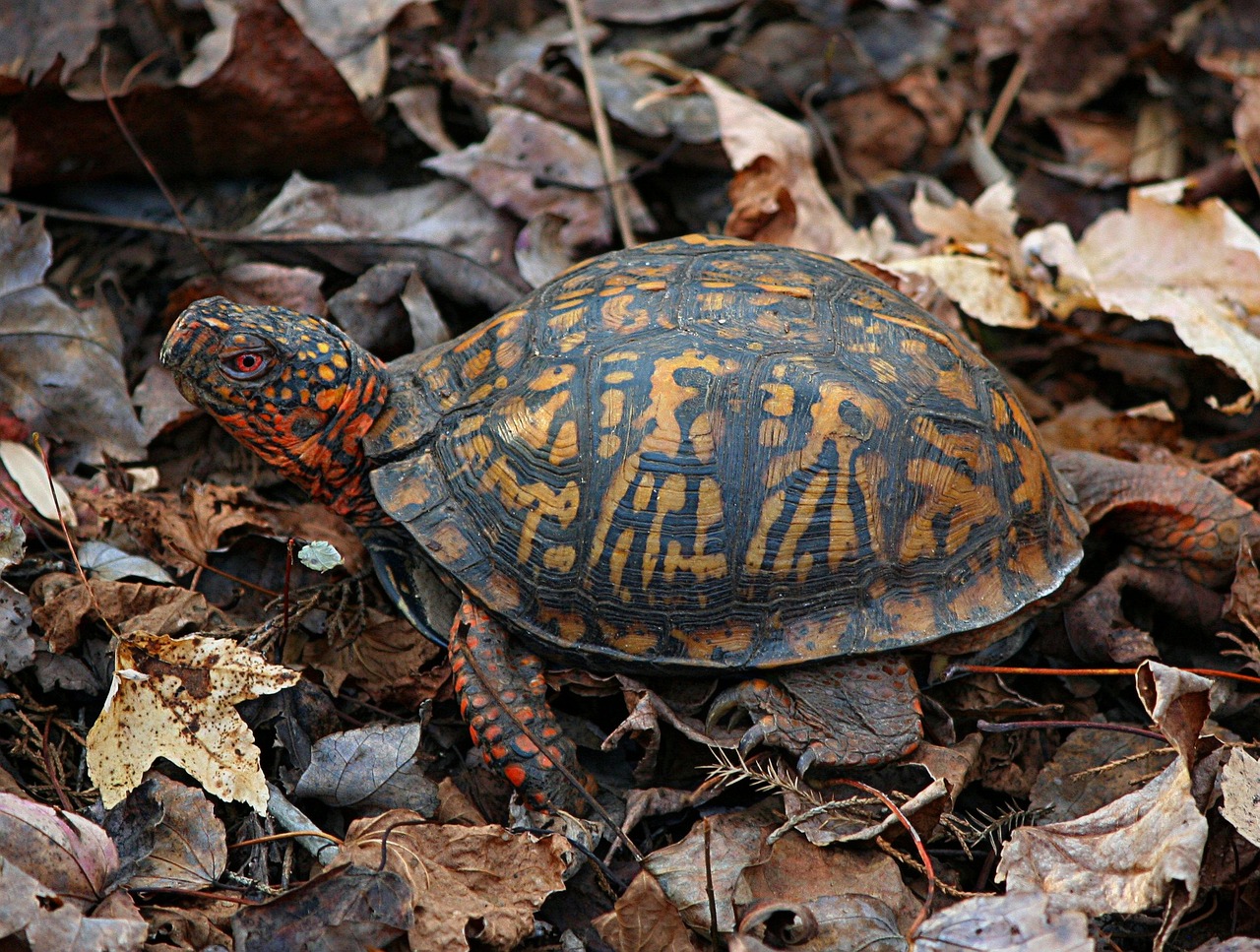 Shutterstock
Shutterstock
The eastern box turtle is a small yet hardy creature native to the woodlands and meadows of the east United States. Its colorful, dome-shaped shell is a distinguishing feature, providing excellent camouflage among fallen leaves and underbrush. Unlike other turtles, the box turtle is terrestrial, spending most of its time on land rather than in water. Known for its longevity, some eastern box turtles can live over 100 years! These charming reptiles are a vital part of their ecosystems, helping to control insect populations and disperse seeds.
Pronghorn Antelope
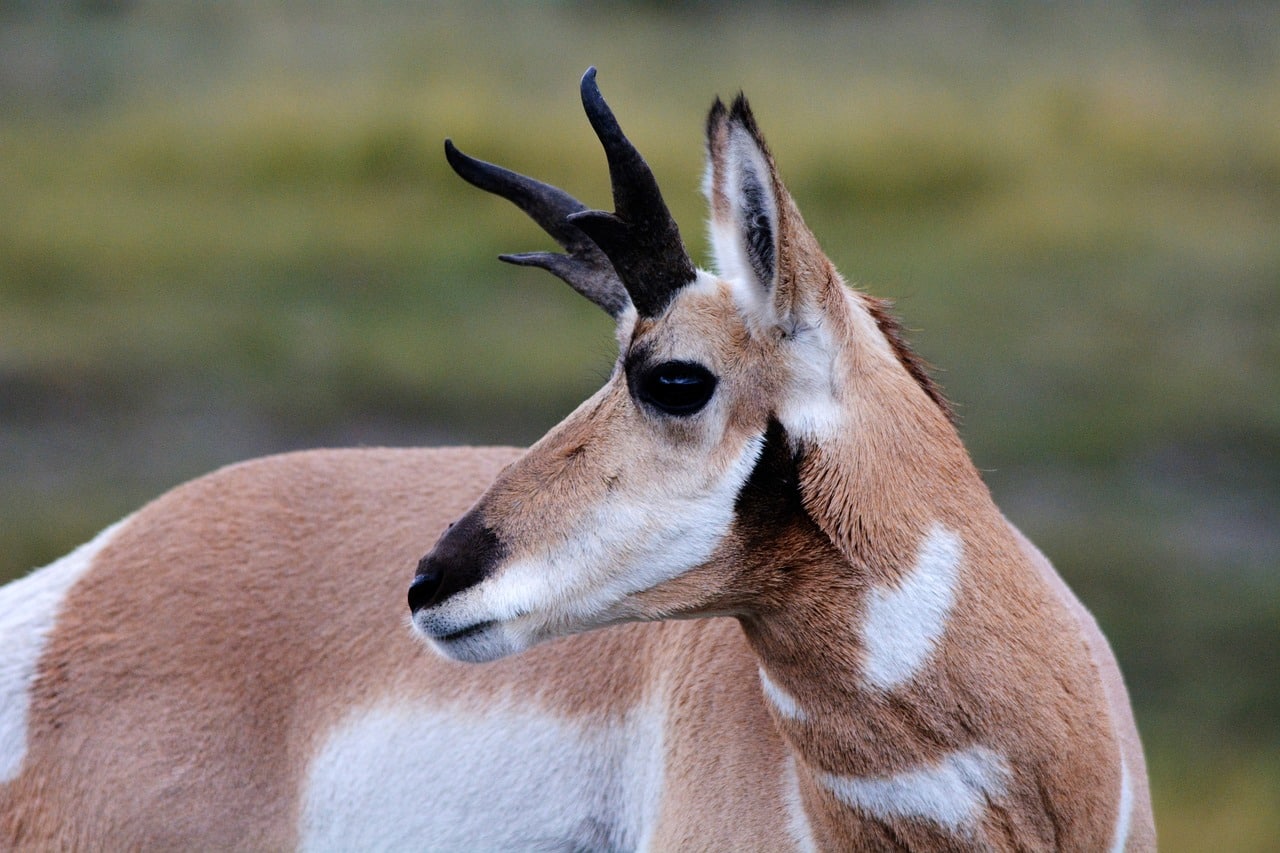 Shutterstock
Shutterstock
The pronghorn antelope, often mistakenly referred to as a true antelope, is a unique species native to North America’s open plains and deserts. Known for their incredible speed, pronghorns are the second fastest land animals in the world, capable of reaching speeds up to 60 mph. Their distinctive horns, which are part bone and part keratin, make them stand out. While they once roamed in massive herds, habitat fragmentation has reduced their range, but they remain an enduring symbol of the American West.
American Alligator
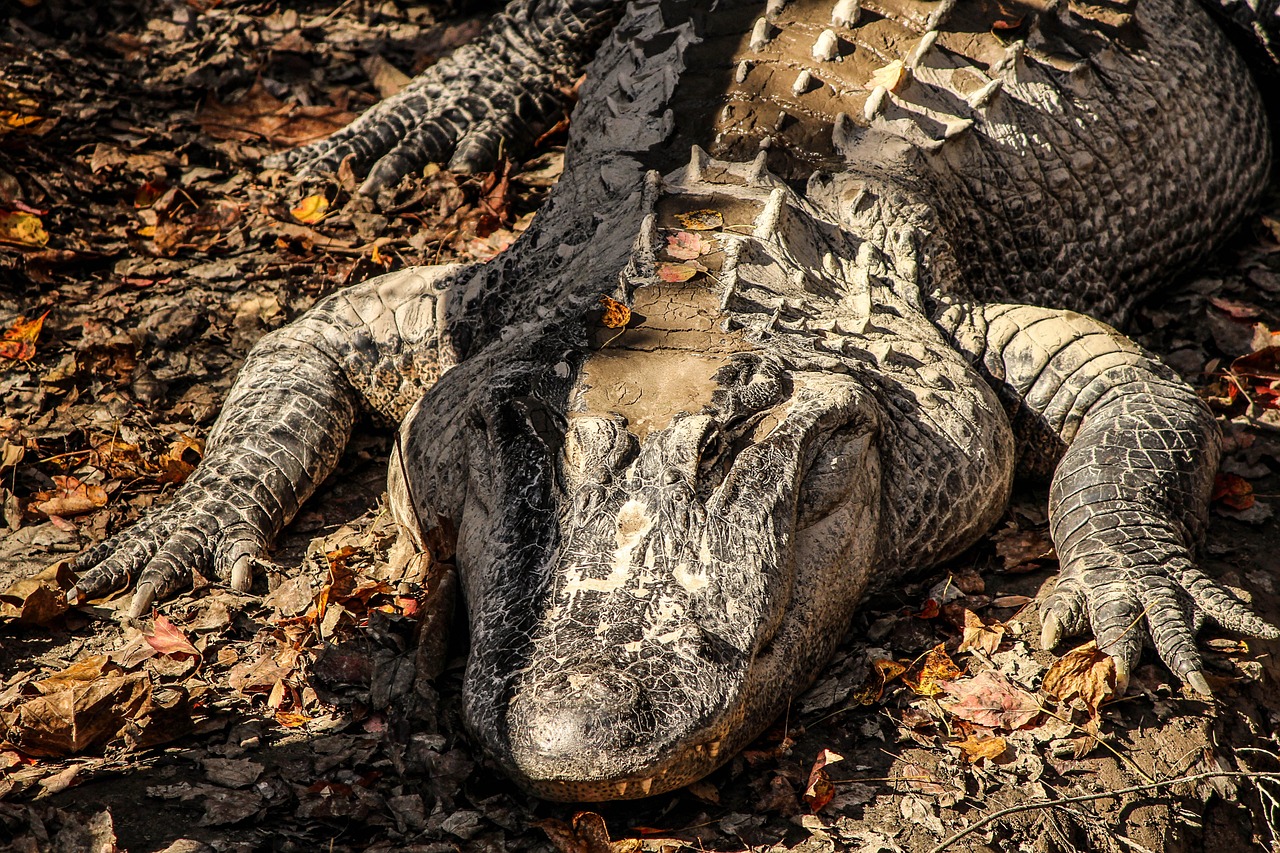 Shutterstock
Shutterstock
The American alligator is one of North America’s most fearsome predators, found mainly in the swamps, rivers, and marshes of the Southeastern United States. These ancient reptiles can grow to enormous sizes, with some reaching over 15 feet in length. Despite their fearsome appearance, American alligators are vital to their ecosystems, creating “gator holes” that provide water and habitat for other animals during dry periods. Their recovery from near extinction in the 1960s is a testament to the success of conservation efforts.
Florida Panther
 Shutterstock
Shutterstock
The elusive Florida panther is a subspecies of the mountain lion found only in the swamps and forests of southern Florida. With a population of only around 200 individuals, the Florida panther is critically endangered, making sightings rare and special. These solitary, nocturnal cats are agile hunters, preying on deer, wild hogs, and other animals. Conservation efforts are ongoing to preserve the panther’s habitat and increase its numbers, as they are vital to maintaining the health of their ecosystems.
North American Beaver
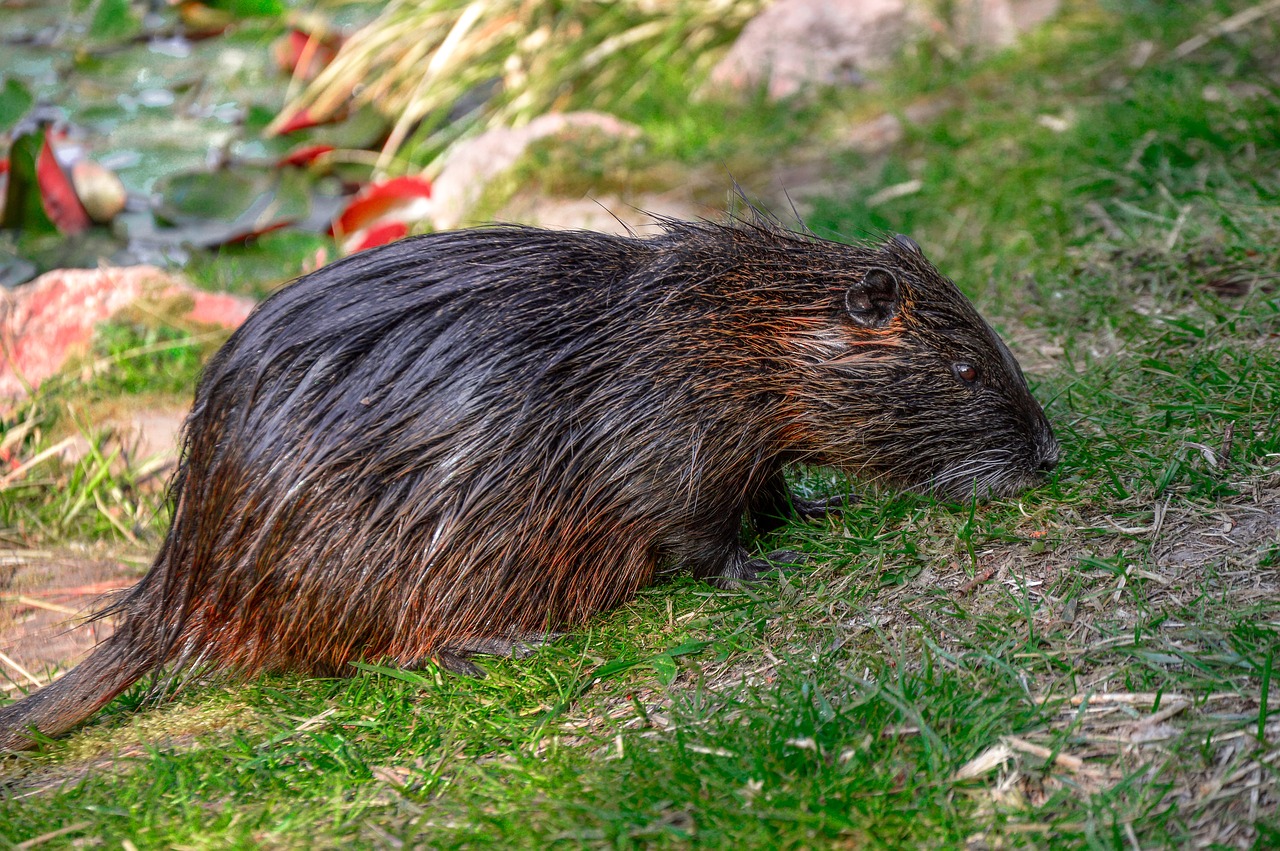 Shutterstock
Shutterstock
The North American beaver is a true engineering marvel. Famous for their dam-building skills, beavers are found across the United States and Canada, shaping rivers and wetlands by constructing elaborate lodges and dams. Their work helps to create ponds and wetlands that provide habitat for a variety of other species. Beavers are more than just skilled builders; they play a critical role in maintaining healthy aquatic ecosystems. With their large, flat tails and webbed feet, beavers are perfectly adapted for life in the water.
California Condor
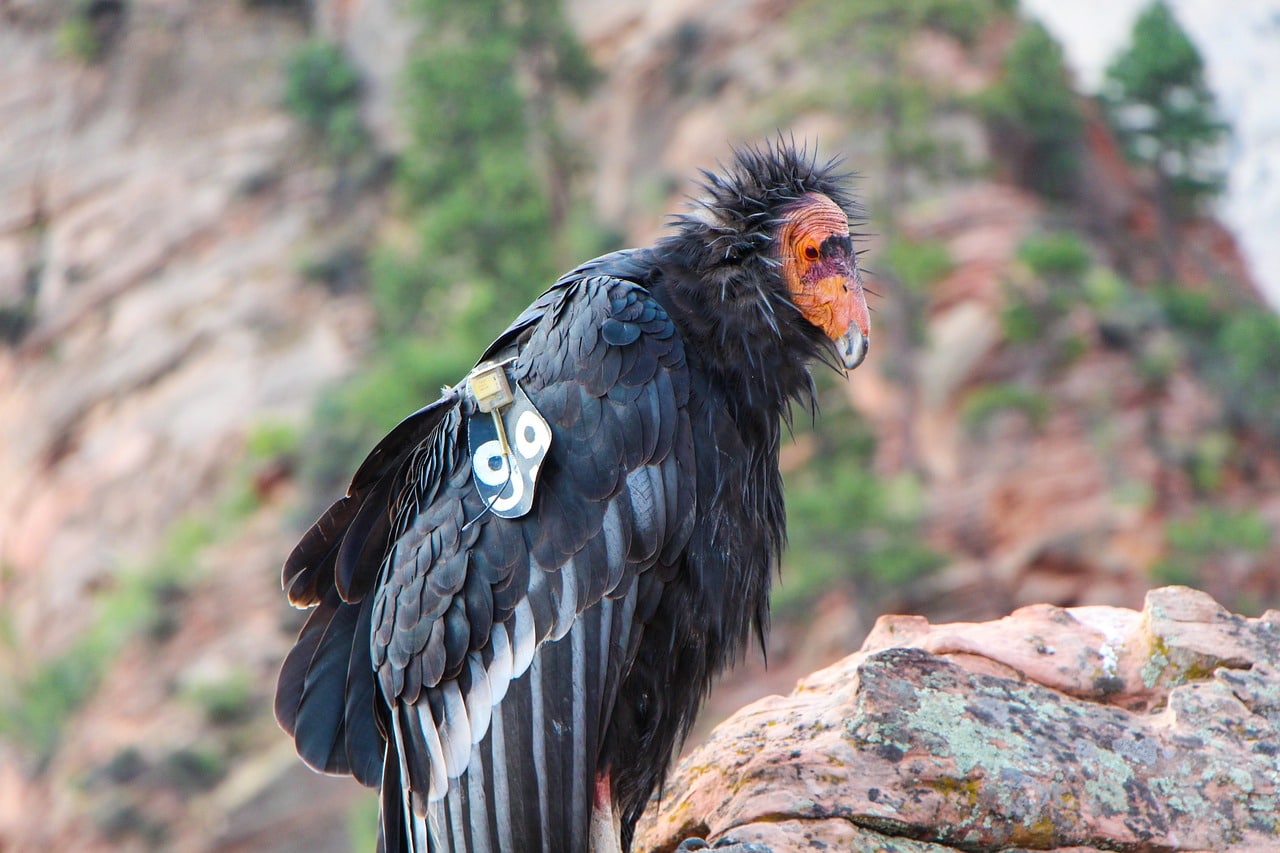 Shutterstock
Shutterstock
The California condor, North America’s largest flying bird, boasts an impressive wingspan of nearly 10 feet. Found primarily in California and Arizona, this scavenger soars high above the landscape, searching for carrion. While they were nearly extinct in the 1980s, with only 27 individuals remaining, a successful captive breeding program has helped the population recover to over 400 birds today. These majestic birds are a symbol of hope for endangered species, but they still require ongoing conservation efforts to ensure their survival.
American Black Bear
 Shutterstock
Shutterstock
The American black bear is one of the most widespread bear species in North America, inhabiting forests, swamps, and even mountainous regions from Canada to Mexico. These adaptable omnivores have a varied diet, from berries to fish, and are known for their ability to thrive in different environments. Black bears are strong swimmers and climbers, and despite their size, they are often shy and prefer to avoid humans. Their playful cubs and curious nature make them one of the continent’s most beloved wildlife species.
Red Wolf
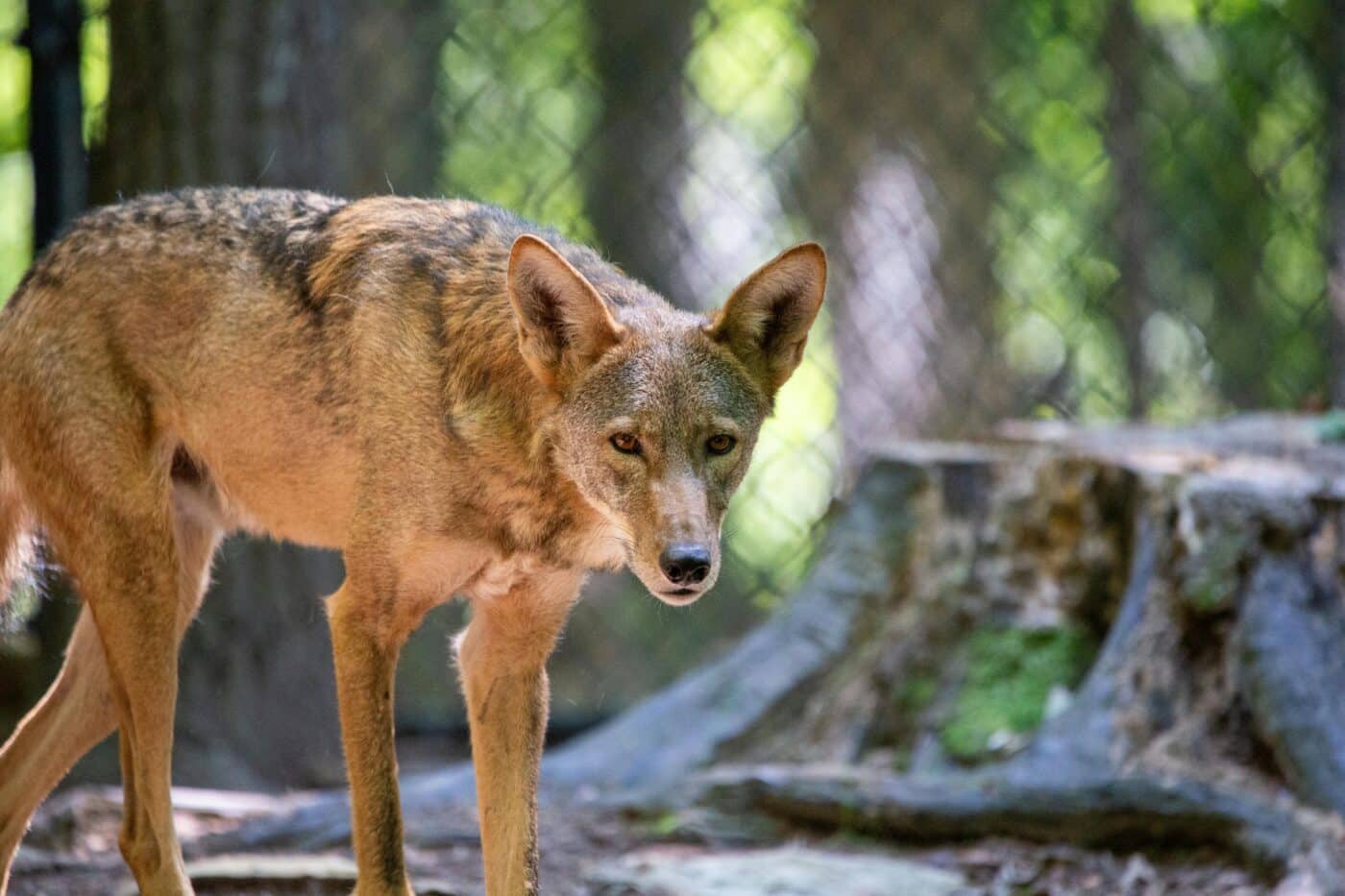 Shutterstock
Shutterstock
The red wolf is a rare and endangered species found only in the southeastern United States. Smaller and leaner than their gray wolf relatives, red wolves are known for their reddish-brown coats and elusive behavior. Once widespread throughout the Southeast, their population dwindled due to habitat loss and hunting, leaving them on the brink of extinction. Today, red wolves are part of a controversial reintroduction program in North Carolina, where conservationists are working tirelessly to save this unique species from disappearing entirely.
American Pika
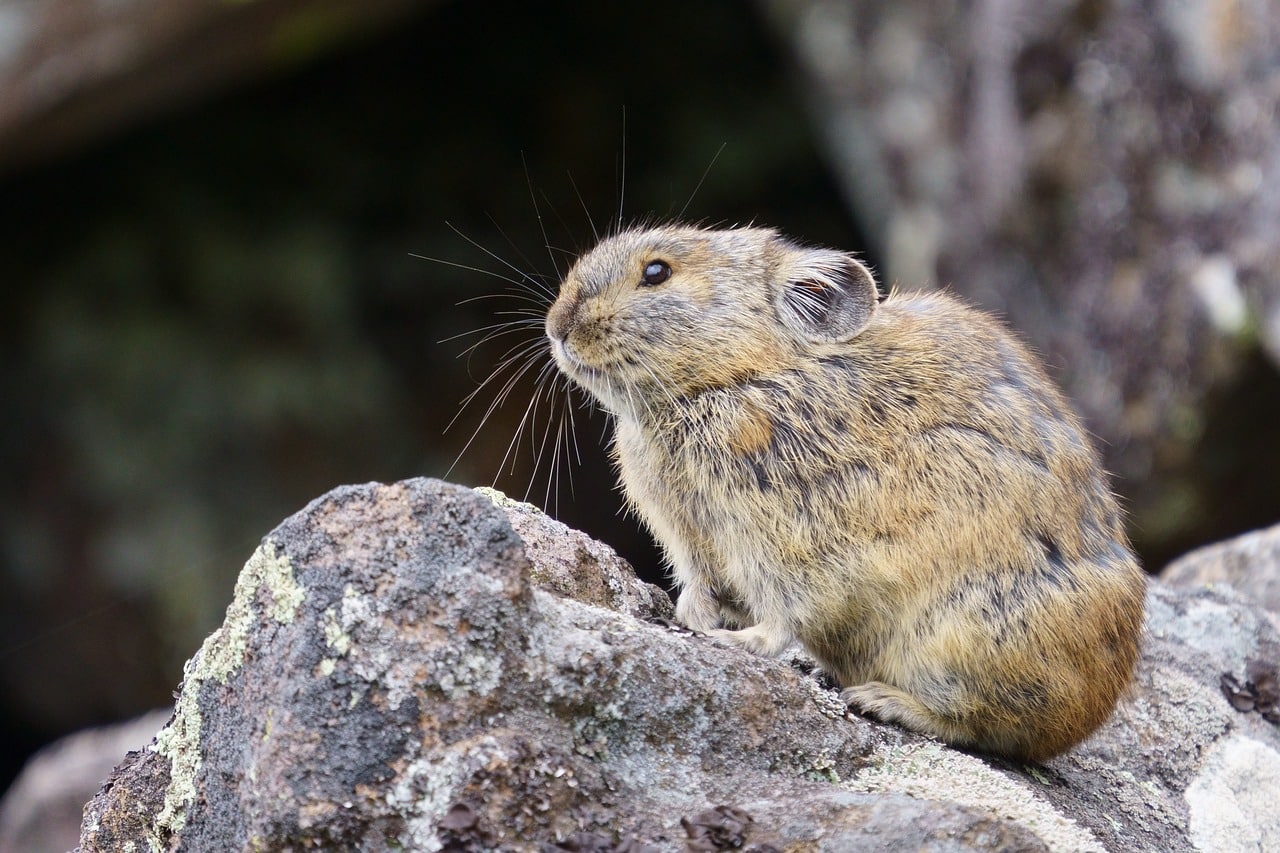 Shutterstock
Shutterstock
The American pika is a small, rabbit-like mammal that inhabits the rocky slopes of North America’s high-altitude mountain ranges, particularly in the western United States. These tiny creatures are known for their high-pitched calls and their ability to survive in harsh, cold climates. Pikas do not hibernate, which makes them particularly vulnerable to the effects of climate change, as warmer temperatures threaten their cool mountain habitats. Despite their size, pikas play an essential role in the alpine ecosystems they call home.
The Finale—When Nature Steals The Show
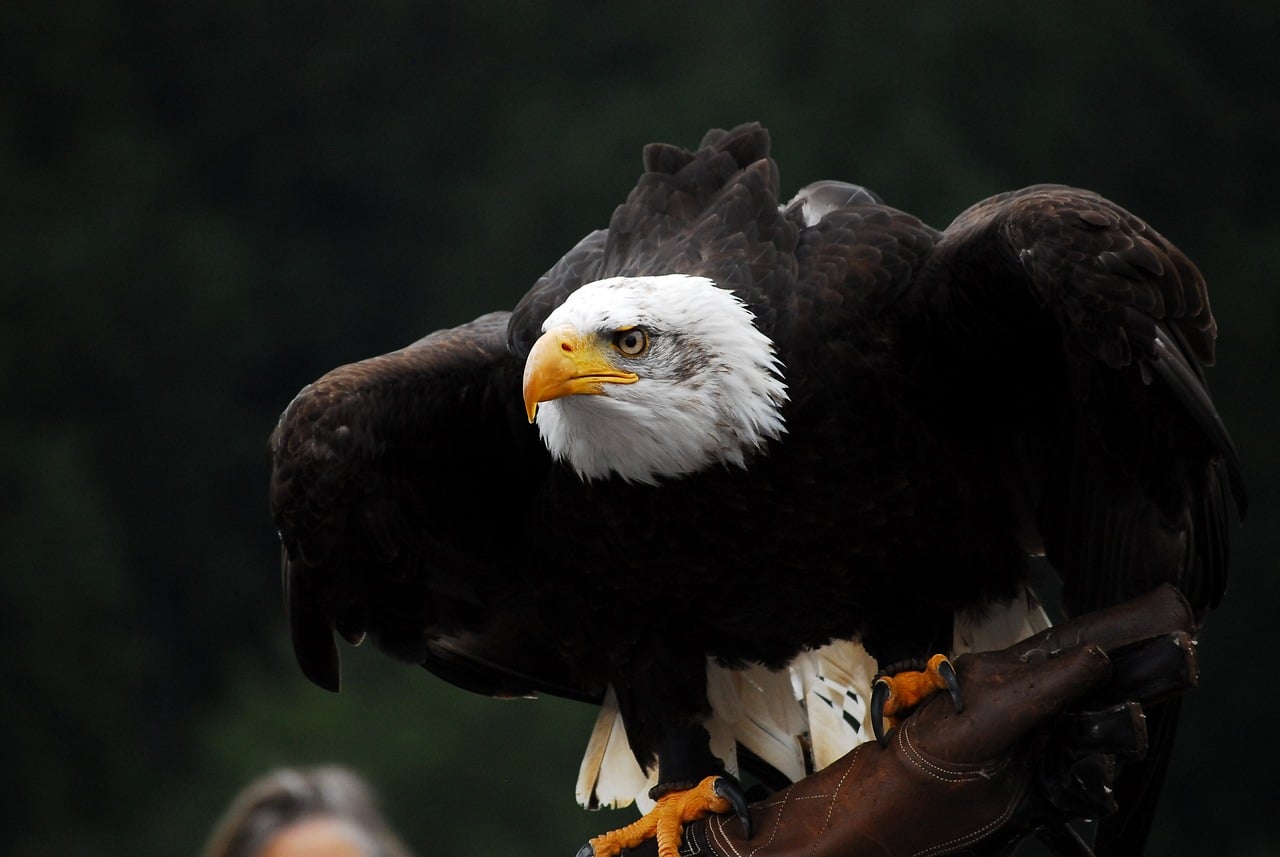 Shutterstock
Shutterstock
The incredible animals that call North America home are a testament to the continent’s wild beauty and the importance of conservation. These remarkable creatures have adapted to thrive in some of the most diverse and challenging environments on Earth, from rugged mountains to dense forests and sprawling wetlands. Though they may not always get the spotlight they deserve, their presence enriches the natural world in countless ways. Wherever you explore in North America, these wild wonders are always ready to captivate and remind us of nature’s magic.
 Toledo, United States.
Toledo, United States.